I talk a lot about mobile search optimization. It’s important in today’s world.
Mobile is a buzzword these days in anything digital.
That’s because worldwide mobile Internet usage has surpassed desktop.
But it’s not just about web browsing anymore.Mobile devices redefined the software industry, and apps are the new way to reach customers.
Mobile devices redefined the software industry, and apps are the new way to reach customers.
In fact, 26% of all mobile searches begin within a branded app.
When we discuss mobile app development, we typically focus on the Apple/iOS App Store.It’s a great place to start with any app’s development.
It’s a great place to start with any app’s development.
That’s because consumer spend is twice that of the Google/Android Play Store.
Android may have a larger installed user base, but iOS users are willing to pay for quality.
If you can provide it, you can make a killing. You can even create a new lane.
Evernote became one of Silicon Valley’s first unicorn startups in 2012 on the strength of 30 million users.
This was long before Microsoft, Apple, and Google’s cloud-based productivity suites became commonplace.
Even with all three of those existing giants, Shiny Frog created a new lane with Bear for iOS.
If these companies can do it, so can you!
That doesn’t mean it’ll be easy.
There are over 2.2 million apps in the App Store.
It’s a crowded market in every niche, and you’ll need a solid app with solid marketing fundamentals to survive.
Competition is fierce, especially for the Top Charts and Featured lists.
It’s not enough to just have a great app. A lot of those get outshined by lesser quality apps with better marketing.
Although we focus on SEO for web pages (and this is still important for the App Store), Google and Bing aren’t the search engines used to find apps.
The App Store itself is where the majority of users discover mobile apps.
So that’s where we’ll focus our search optimization efforts.
However, since many of the same principles apply, I’ll weave in some web SEO stuff as well.
Let’s get started by understanding what the App Store looks like to its users.
Navigating the App Store
Like everything Apple, the App Store is simple to use and navigate from a user standpoint.
Apps are sorted into 24 unique categories depending on the type.
Within these categories, apps are divided between paid and free.
Choosing a category for your app is the first step in building or listing an app. You need to understand your target market.
Users are also given options to search or browse through curated lists of featured and top app lists.
This structure is what we need to keep in mind when deciding how to list our app.
Here’s what the new design layout looks like:
Much like in search engines or marketplaces like Amazon and eBay, visual content is clearly important.
You’re not given much to work with besides an image, title, description, rating, and price.
Reviews and a long-form description also show up on your individual app page.
You’ll also notice related apps show up.
This means if you optimize right, you may be able to steal users from your competitor.
Apple has a powerful search algorithm in place that uses several factors to determine ranking, including engagement, retention, reviews, and search optimization.
Let’s take a look at each in reverse order.
Search Optimization
Much of what I’m about to explain is going to be SEO basics.
If you’re already familiar with these for web searches, there are still a few key differences within the App Store.
Title
The title is our first impression online. It’s what drew you to read this post, and it’s what will draw users to your app.
Optimizing with a keyword in the title increases search ranking for that title by 10.3%!
Obviously, some limitations apply, as the App Store is very regulated.
You’re given only 30 characters for a title in iOS 11, and keyword stuffing is a surefire way to risk being banned.
Users are also wary of downloading shady-looking apps for privacy concerns.
Think about it — would you rather have “Evernote” or “Note Taking Note App for Notes” on your smartphone?
Be smart about how you optimize.
Pandora, for example, does everything right.
Its icon is sleek and simple, and with a short name, it was able to fit in three very important keywords.
When searching the App Store for “free,” “music,” or “radio,” you’ll find Pandora at or near the top.
Description
Here’s where things get a bit murky. Technically the App Store algorithm ignores the description.Users, however, are a different story.
Users, however, are a different story.
Rather than optimizing for direct SEO, focus on explaining the features and benefits of your product.
And, while it seems like you have a lot of space to do this, you actually don’t.
Truncated snippets are shown on your product page, and only 2% of users ever click “more” to read beyond what you see here.
You have 252 characters to make your pitch and convince someone you’re worth downloading.
There’s no room for fluff, and you may need to A/B test several iterations to find what works best.
Keyword metadata
A new feature in iOS 11 provides you with 100 characters to enter keywords separated by commas.
These help your app get discovered through search and related content.
There’s no need to duplicate efforts here, so choose keywords you haven’t already used in the title.
Also, there’s no need to use the category or subcategory.
Some in-depth keyword analysis can be done using Apple Search Ads.
This feature is only available to iOS app developers and is an essential tool for listing any project.
There’s one last search consideration.
Subtitle
Also new in iOS 11, you’re given a subtitle below the title in search results. This is also limited to 30 characters.
It gives you another chance to use more descriptive keywords.
TypeShift, for example, uses the space to input its SEO.
This is a cleaner look and can work well.
I would’ve still taken the opportunity to use some keywords in the title, but that’s out of my control.
Which is a great segue to my next topic.
Reviews and ratings
Customer reviews and ratings are an important consideration for users, especially those unfamiliar with an app brand.
The average rating of the top 100 free apps in the App Store is 4 stars!
Quality clearly matters.
The lower your rating, the fewer consumers who will be willing to consider downloading it.
Think about it. When was the last time you downloaded a one-star app?
You may have rated an app one star, but it was likely rated 3 or more stars when you downloaded it.
Ratings also affect conversions.
Maintaining a high rating is often easier than raising one from 2 to 4 stars.
That’s why it’s important to solicit reviews from customers within the app.
One time is all that’s necessary, and it needs to be done within the first 72 hours.
That’s how long 77% of users will use an app before never again turning it on.
It’s also important to wait until after the customer has a chance to use the app.
Instead of basing it on a timer, consider a push notification when the customer completes certain actions.
Examples of great times to do this are after the first level of a game, or after a customer sends their first message through your encrypted messaging app.
Try not to be too spammy though, and keep in mind your app’s performance can affect its rating.
Ultimately, you want a page full of glowing reviews.
And don’t be shy about replying to negative reviews.
It’s possible a bad customer experience happened due to an error or glitch that’s since been corrected.
Thank users for their reviews whenever possible, good or bad, and work on correcting issues brought up.This is your time to gather valuable user feedback.
This is your time to gather valuable user feedback.
Engagement
How much a customer engages with your app in the App Store matters.
When spending over $200,000 in marketing costs, be sure to allocate resources to engagement.
An app preview video and screenshots help convert indecisive users.
Ultimately it’s a download that matters.
Both the App and Play stores use the number of times an app has been downloaded to determine ranking.
More specifically, it’s the current download rate.
For example, while an app may have 1 million overall downloads, a newer app can beat it by getting more downloads this month.
The preview video and images can be a major factor in this.
The majority of top apps in the App Store use app previews to increase customer conversions.
Once you have a user, however, you’ll need to keep them.
It’s harder than it sounds, and Apple is paying attention.
Retention
Retention rates are important for mobile device rankings, but the bar isn’t set very high.
The average app has only a 36% retention rate in the first month.
Further breaking things down, we can look at the retention rates by industry.
Media/Entertainment, Lifestyle/Travel, and eCommerce/Retail apps have the best three-month retention rates.
There are so many apps available in the App Store that users are downloading plenty that don’t ever get used.
A recent study found Americans use an average of 30 apps each month out of the roughly 90 they have installed.
This means even if your app is downloaded, it’s unlikely it’ll ever be used beyond the first 72 hours.
How long your app stays installed and how many times it’s used while installed can help App Store search rankings.
Now that you understand how the search rankings work, it’s time to explore best practices for publishing an app to ensure it’s seen and downloaded.
How to publish an app on the App Store
All this search optimization information is well and good, but you’ll need an app to list before you can use this guide.
Apple is protective of the quality of apps it lists in the App Store. To even be considered, you’ll need to meet four prerequisites.
- Project is ready for submission and passes Apple’s App Store Guidelines
- Valid Apple developer program account (not the Apple Developer Enterprise Program)
- Computer running Mac OS X
- The following programs must be installed:
Once this is done, there are several steps to prepare your app for upload into the store.
First, you’ll need to create a Bundle Identifier. It’s the name both the App Store and iOS devices see your app as.
A Bundle ID is listed as com.yourcompanyname.yourappname and can be created in Apple’s Developer Portal.
Next, you’ll need to link your Apple computer to your Apple developer account.
This is done using a Certificate Signing Request, which you’ll need Keychain Access to do.
Click the + icon to enter your email and common name for your app.
From there, save the Certificate Signing Request to your desktop, as you’ll need it in a minute.
Next, you need to link your iOS apps to your developer account.
This is done in the Certificates section of Apple’s Developer Portal by selecting App Store Production – App Store and Ad Hoc, and uploading your Certificate Signing Request.
This process generates a Certificate you can then download to your desktop.
After this is complete, you create a Provisioning Profile in Apple’s Developer Portal by Clicking the + icon under Provisioning Profiles.
Select the Bundle ID and Certificate you just created to generate and download your profile.
From here, you can finally start listing your app in the App Store at iTunes Connect.
Log in, click the + icon under My Apps, and select “New iOS App” to reserve your listing.
This is done in Xcode.
Update the version and build numbers of your binary project and add your Provisioning Profile and Code Signing Identity from earlier.
From there, upload to the App Store by selecting Menu – Project – Archive – Distribute.
You’ll need to enter all your optimized information from earlier in this article at this point.
Don’t skip steps — take the time to ensure data accuracy and that you’ve entered information in all fields.
From here, you submit for review and wait for the 2- to 3-week approval process.
Now we’ve focused entirely on the App Store so far, but there’s one last section to cover because iOS apps do get promoted and viewed on the general Internet.
That means you have additional opportunities to rank in searches.
Promoting your app outside the App Store
While I focus almost entirely on the App Store, its listings do show up in outside search results.That’s why we need to be so meticulous about details that don’t necessarily impact ranking within the store itself.
That’s why we need to be so meticulous about details that don’t necessarily impact ranking within the store itself.
To illustrate this point, let’s perform a Google search for “Angry Birds iOS.”
As you can see, the top three results are all from iTunes, which is how the App Store is viewed from Windows desktops.
This is where we’ll see all the detailed information we entered when uploading the app to the marketplace.
This is why all the details matter.
The iTunes.Apple.com web page is formatted and optimized for SEO, but you still need to populate it.
Here are a few SEO tips to keep in mind when filling out this information.
Avoid being keyword spammy
There are few things Google dislikes more than keyword stuffing.
Here’s what Google’s Search Console has to say on the subject:
It’s one of those black hat SEO tactics that don’t work on web pages, and it won’t work in Apple’s marketplaces either.Keep this in mind when filling out your app description. Use a ton of actionable sentences describing features and benefits, but don’t get spammy.
Keep this in mind when filling out your app description. Use a ton of actionable sentences describing features and benefits, but don’t get spammy.
Keyword context matters
When it comes to ranking for specific queries, keyword context matters.
This is becoming even truer in a mobile-first Internet (which is where we are).
In the future, our devices and search engines may even predict what we’re going to do before we do it.
Use this information to ensure you’re providing context around your app.
Make sure each sentence in the description describes a feature or benefit.
Each update needs details
Every time you release a new version update, you have an opportunity to add more details to your listing.
It also resets your rating.
Make sure to include all information about what’s being updated so users understand the differences in the new version.
These extra keywords also help your SEO ranking.
Localize your content
Voice search is among the most popular methods of searching from mobile devices.
There are a finite number of ways we’re using it.
Most of these queries are location based. That’s something to keep in mind when optimizing your app store entry.
Creating localized content can greatly increase visibility both in and outside the App Store.
Conclusion
Mobile apps are becoming more common than ever before. The App Store is filled with millions of options.
Sticking out in this crowd takes a quality app backed by solid marketing fundamentals.
Without both pieces in place, you’ll never get the downloads and ratings necessary to stay afloat.
By optimizing your app store entry, you’ll greatly increase conversions and ROI.
What unique ways have you successfully used to gain users for your app?

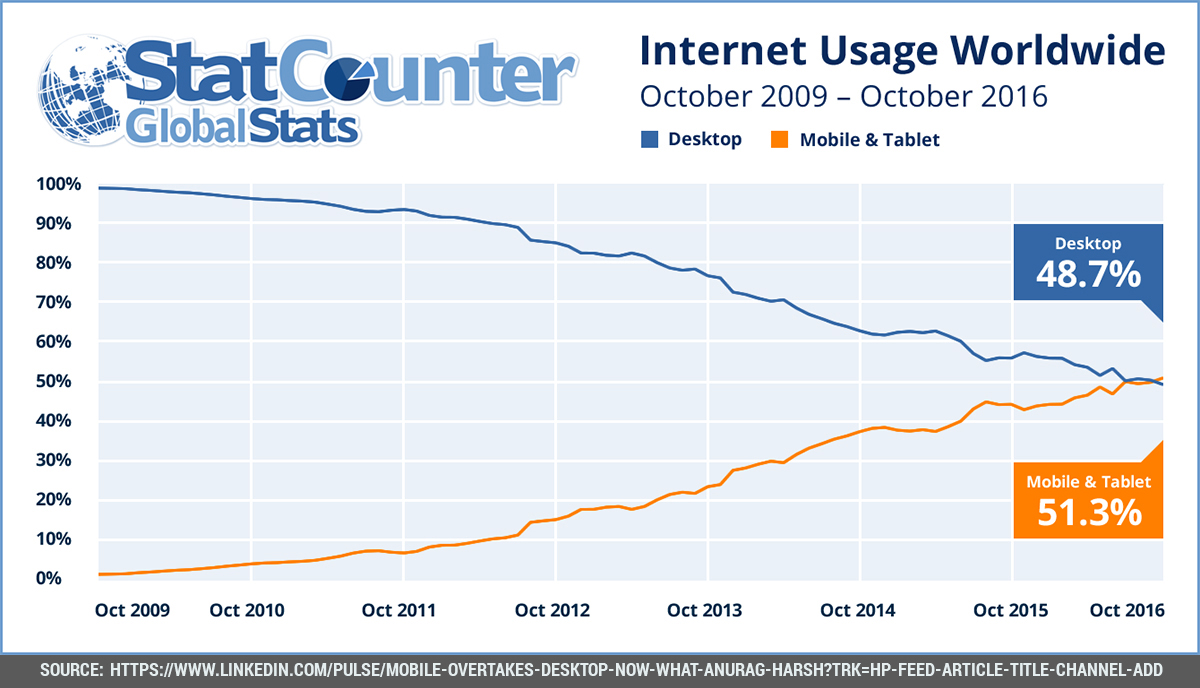
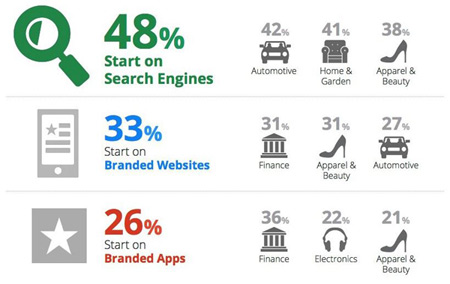
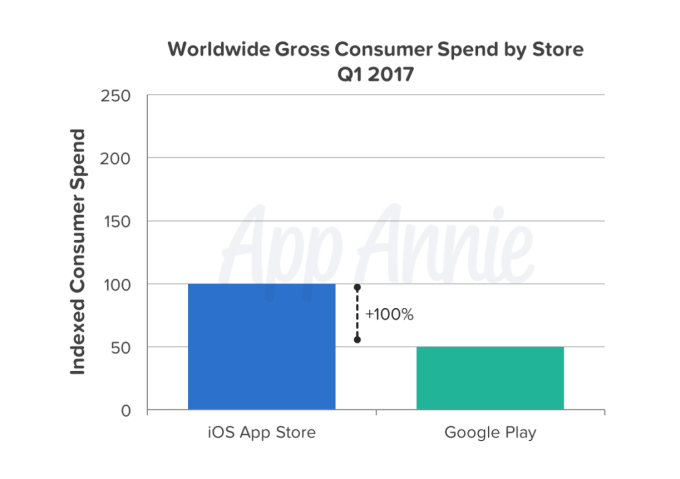
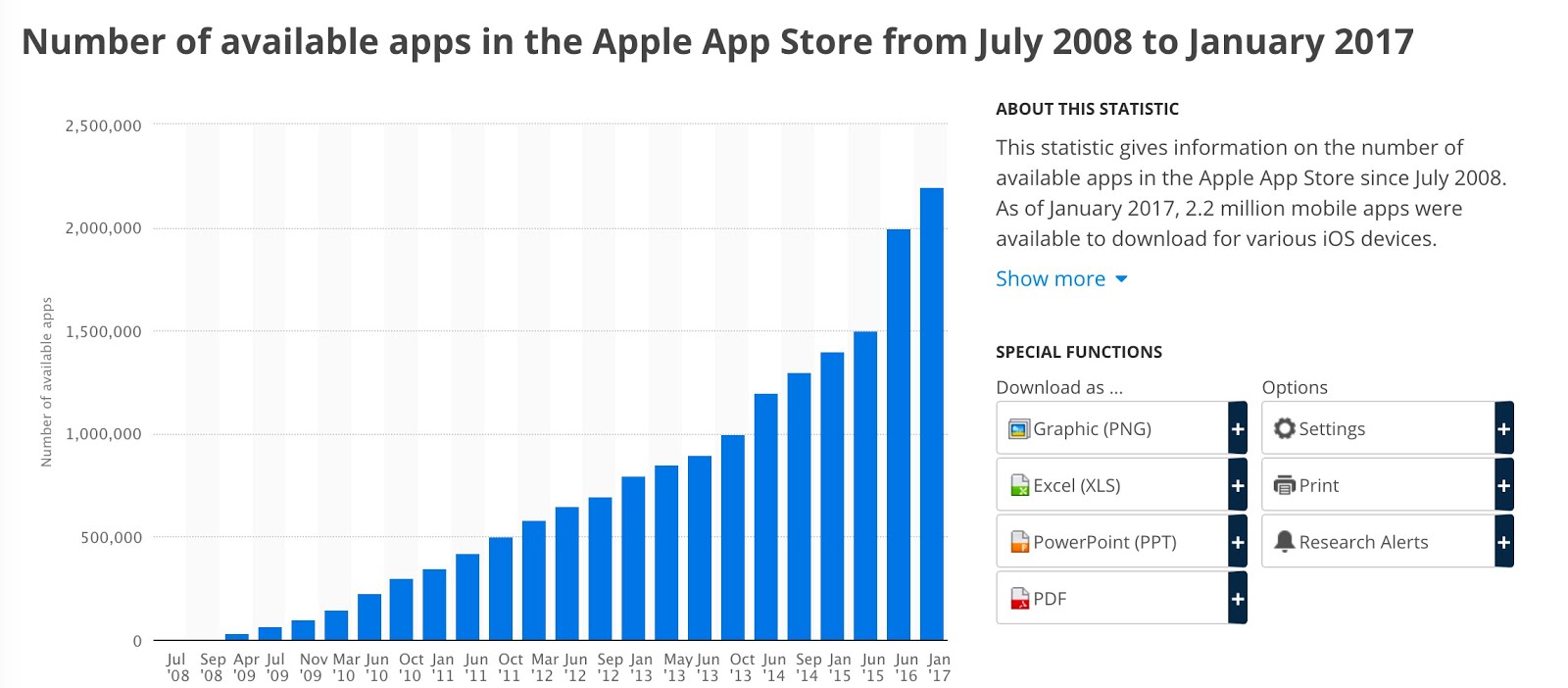

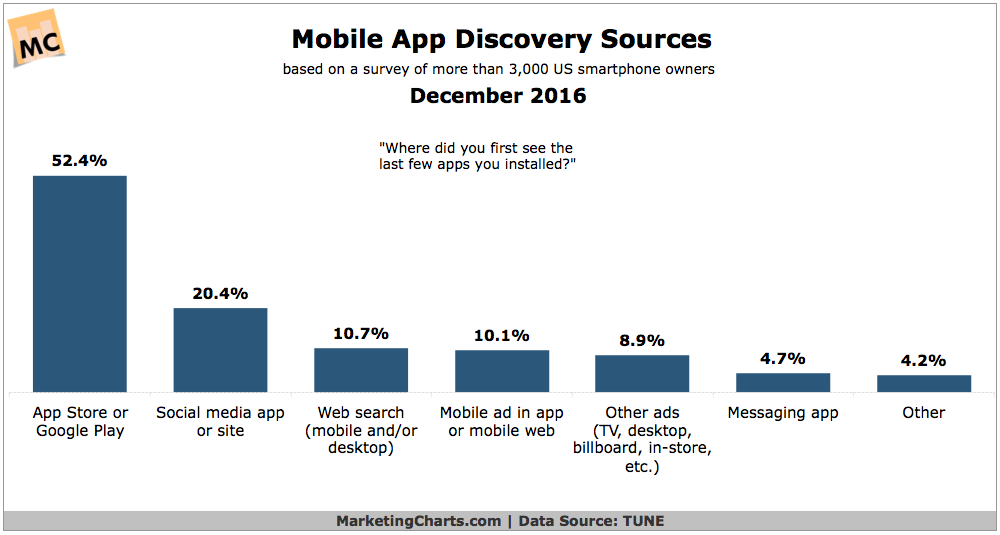

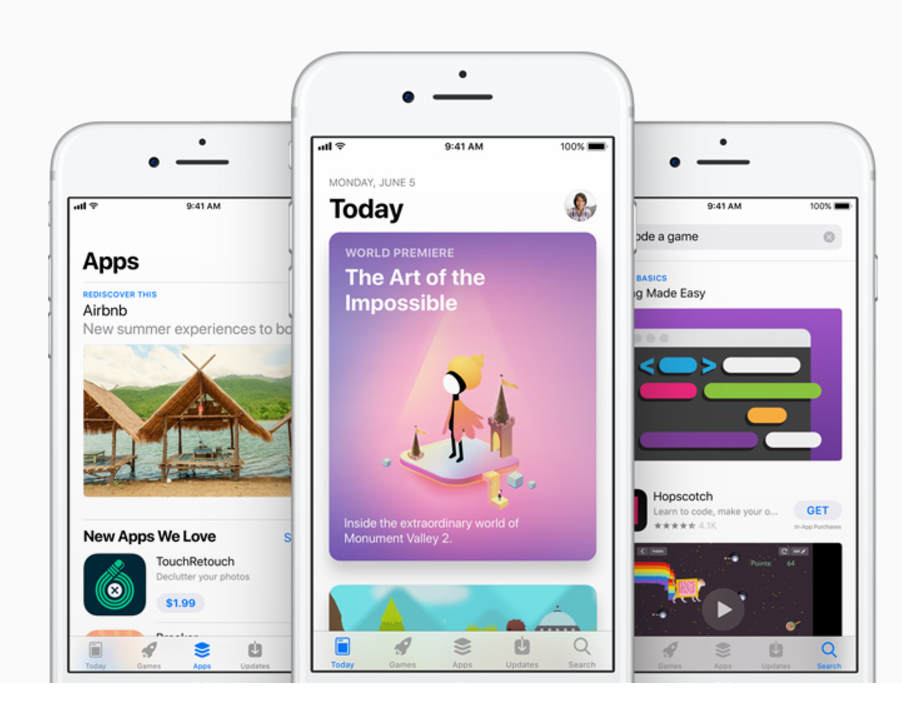
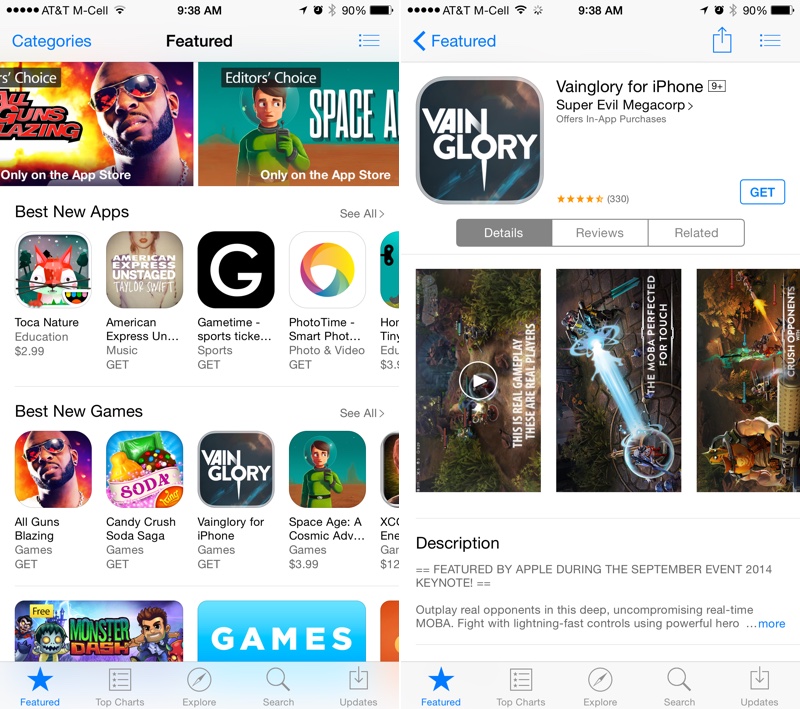
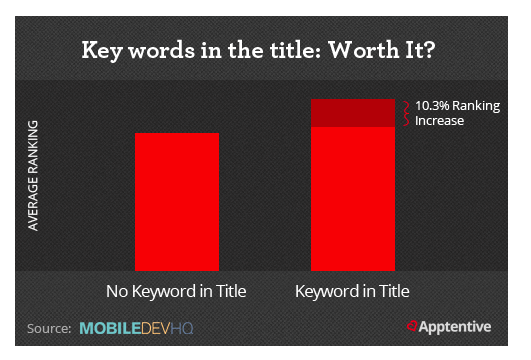
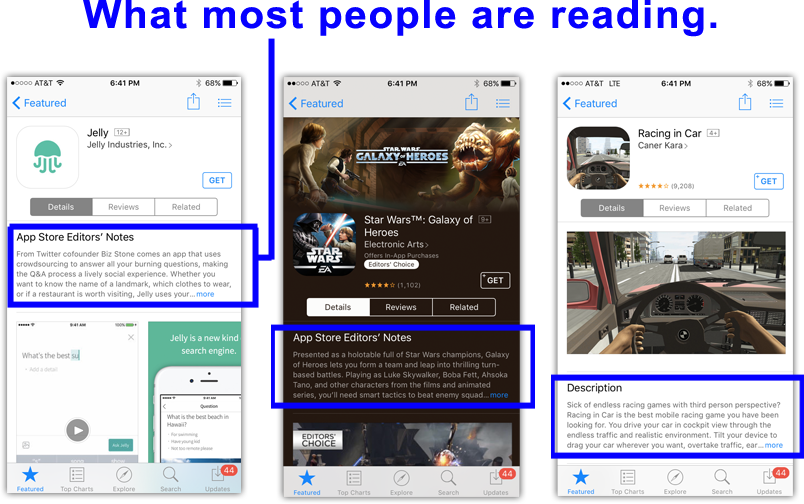

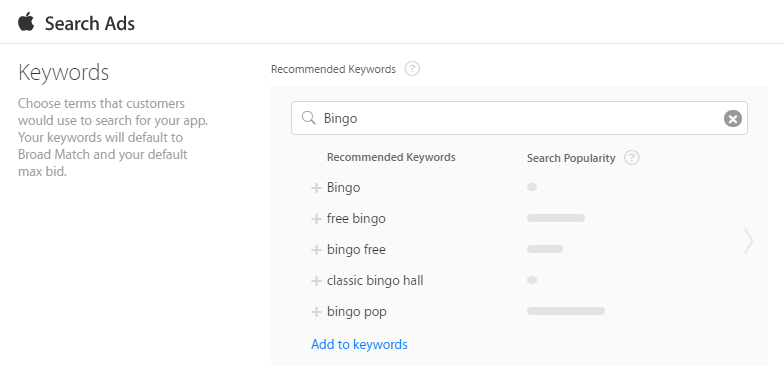
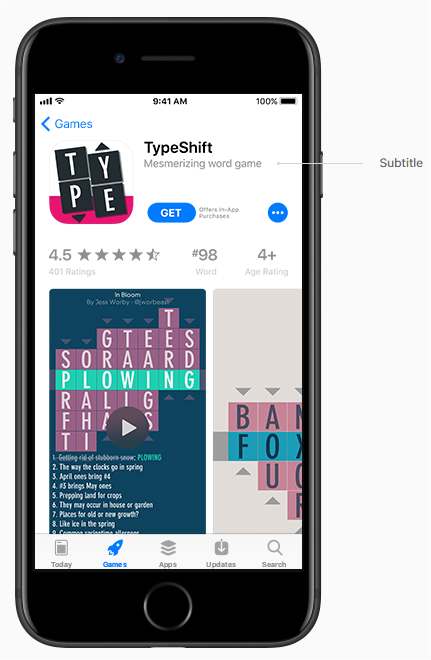
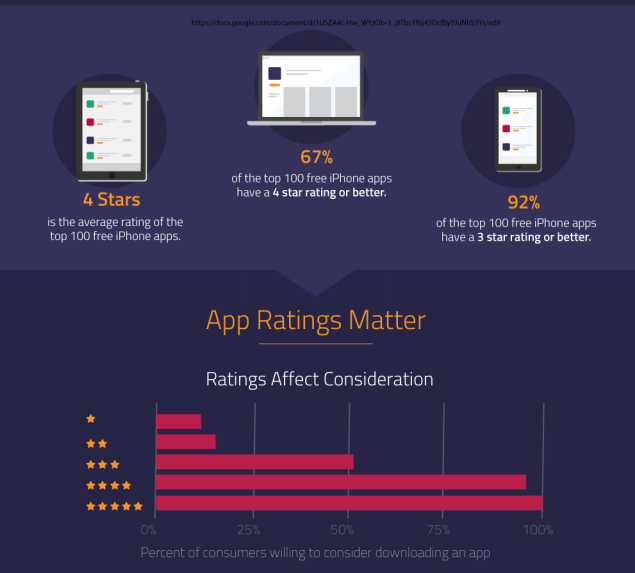
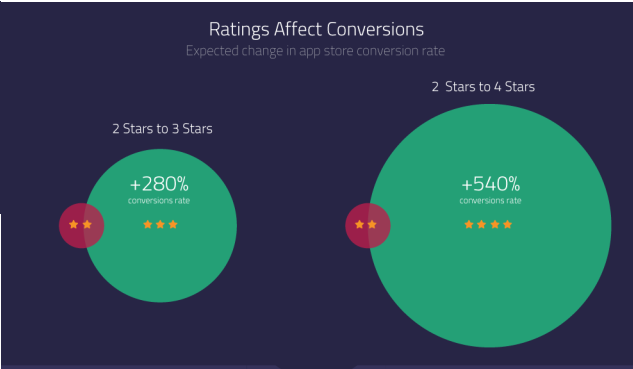
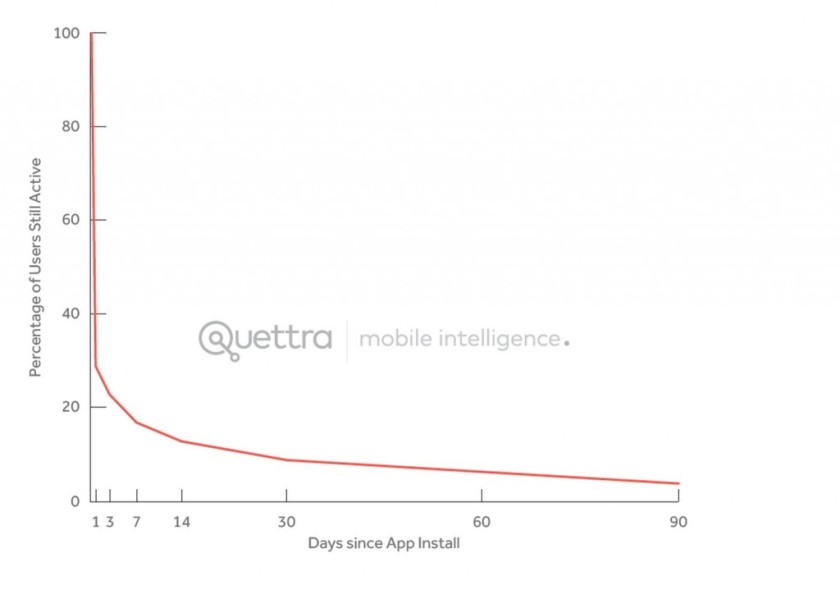
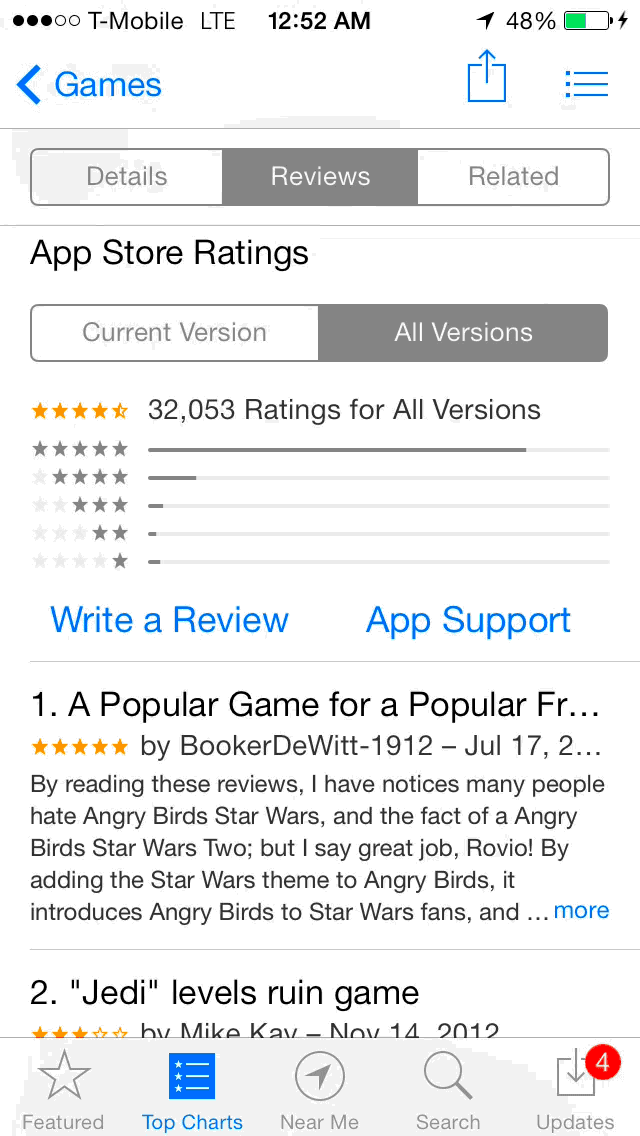
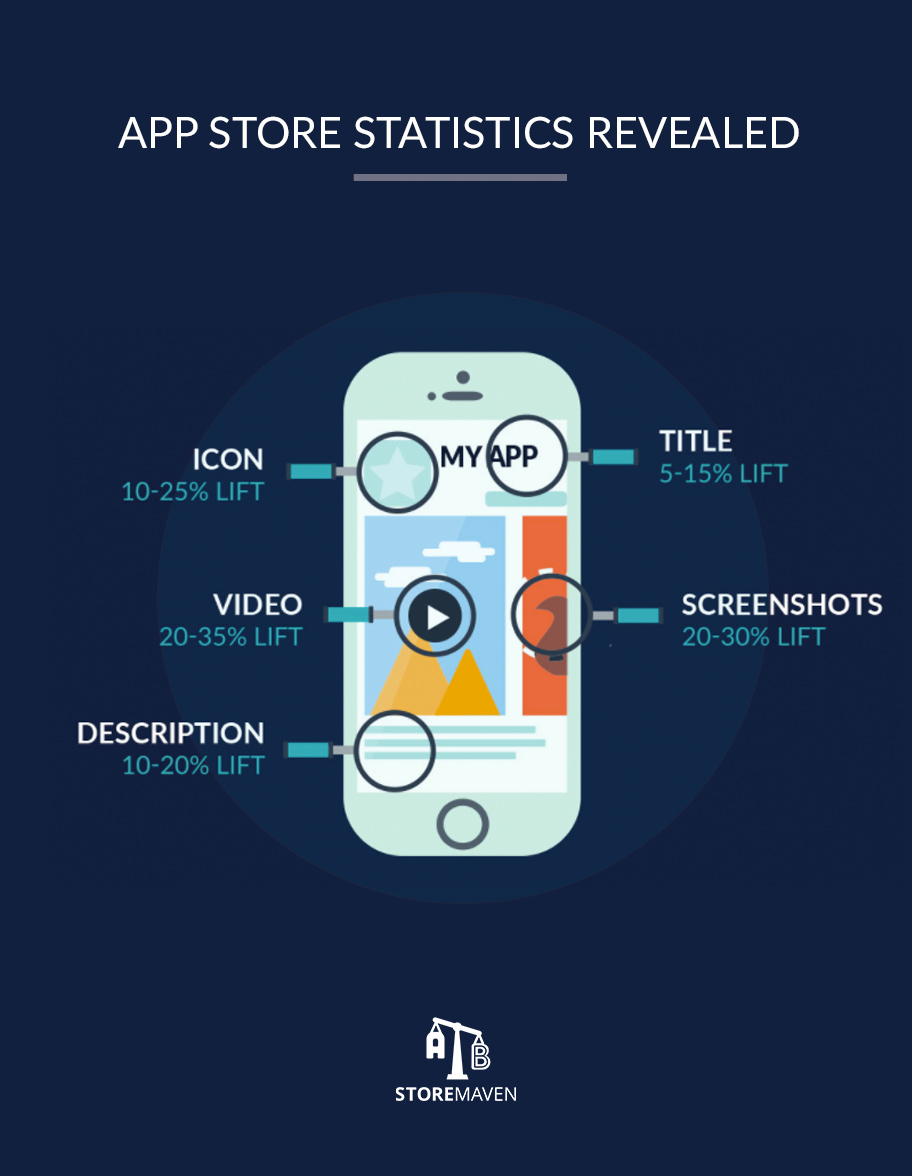
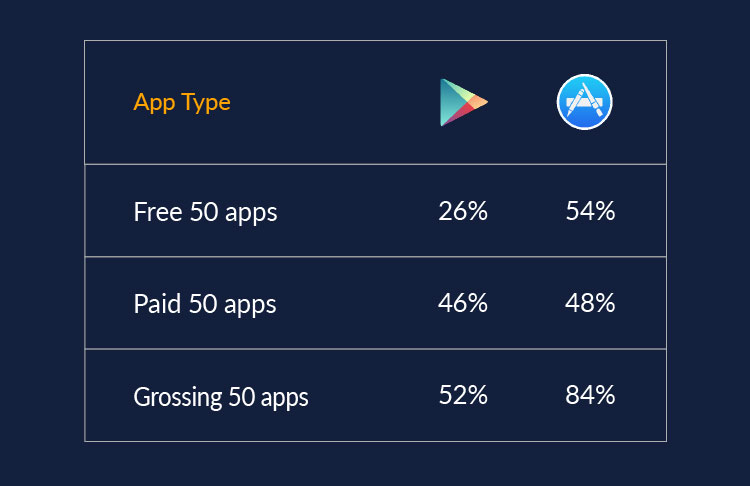
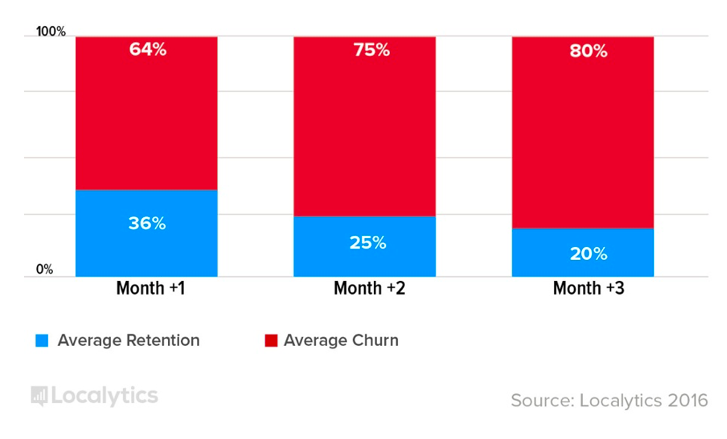
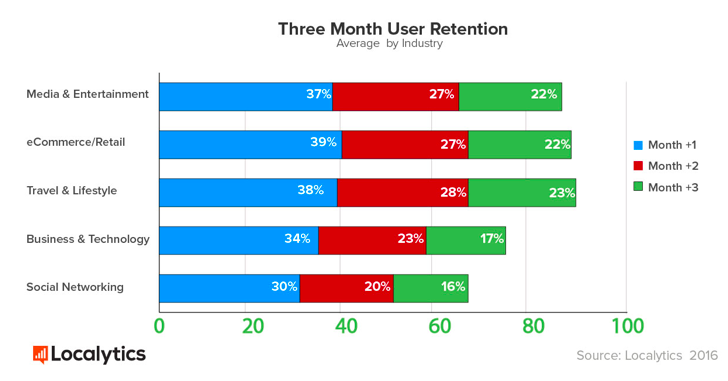
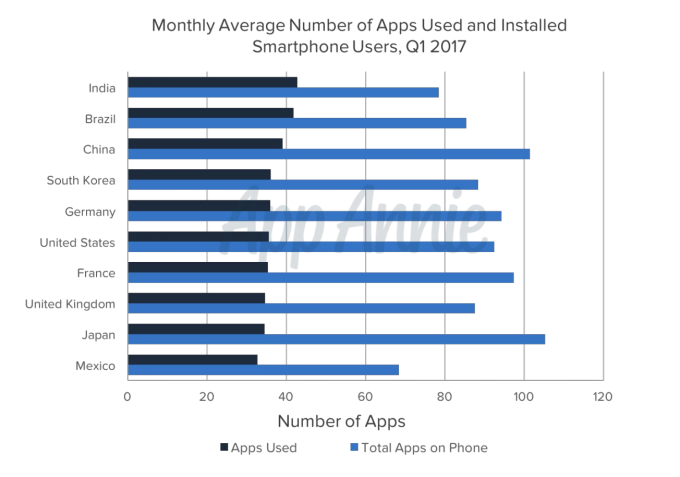
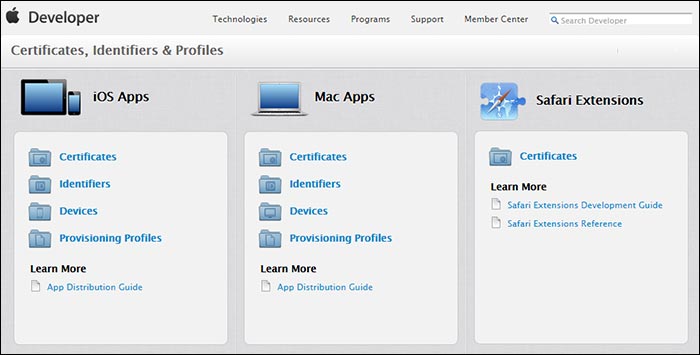
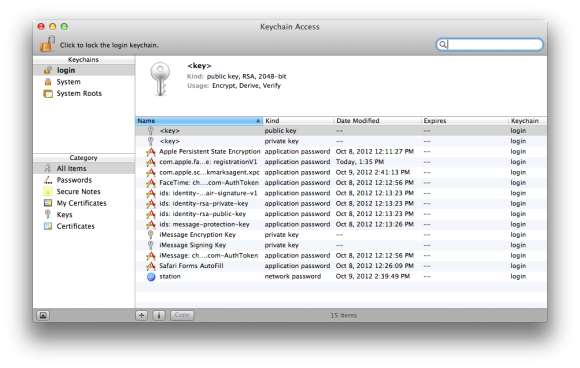
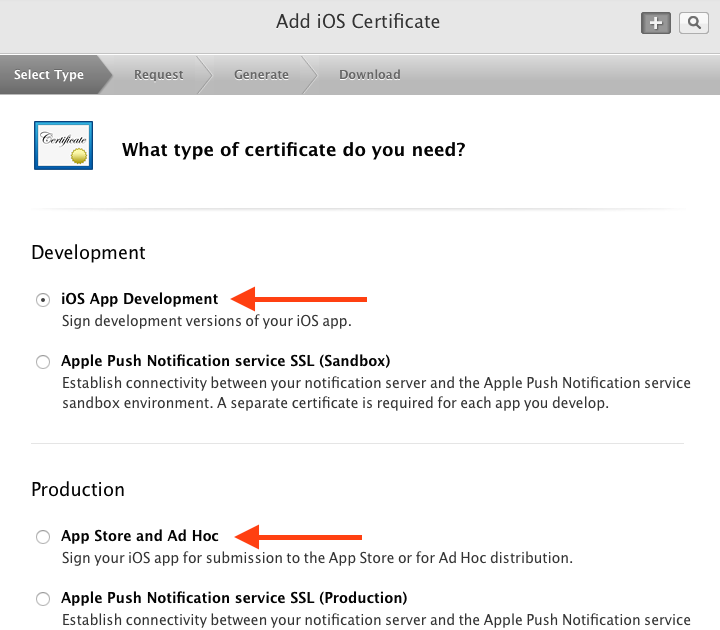
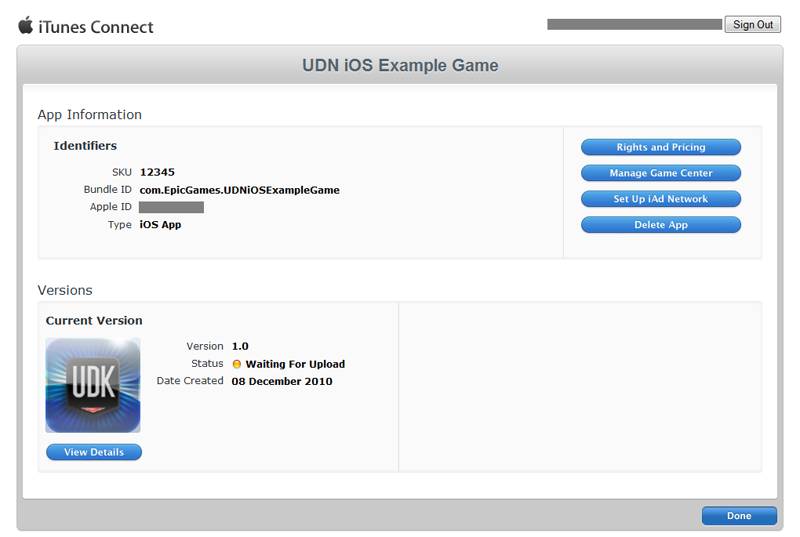

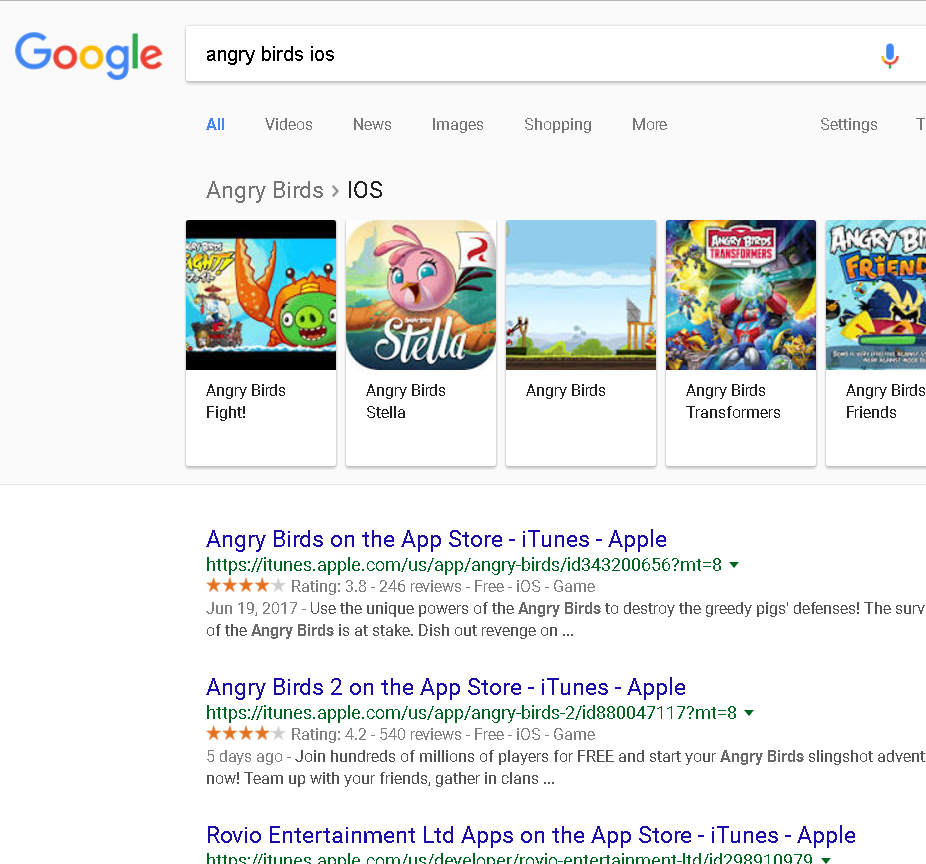
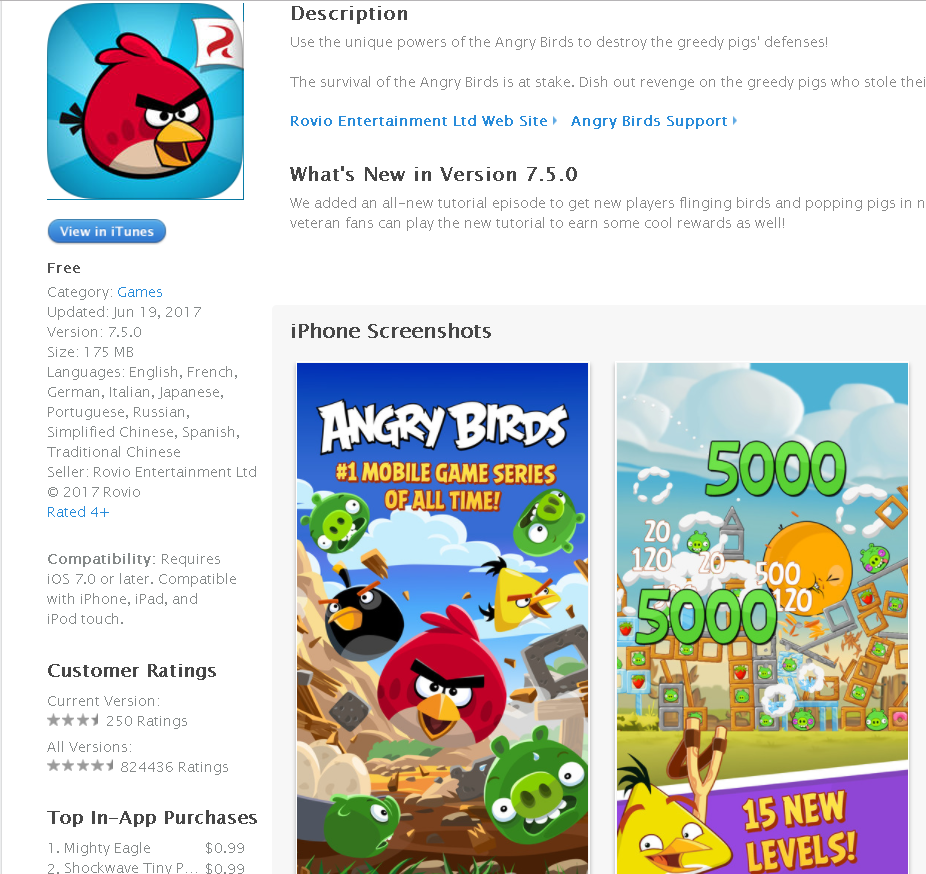

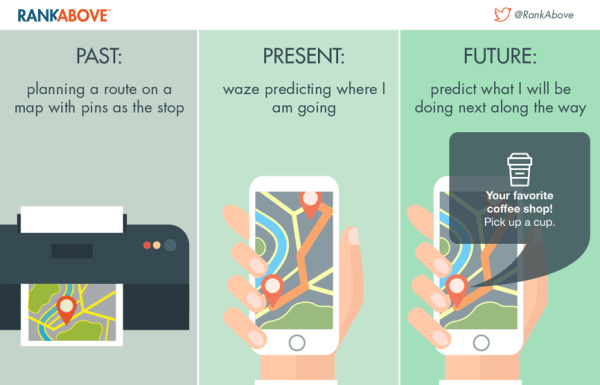
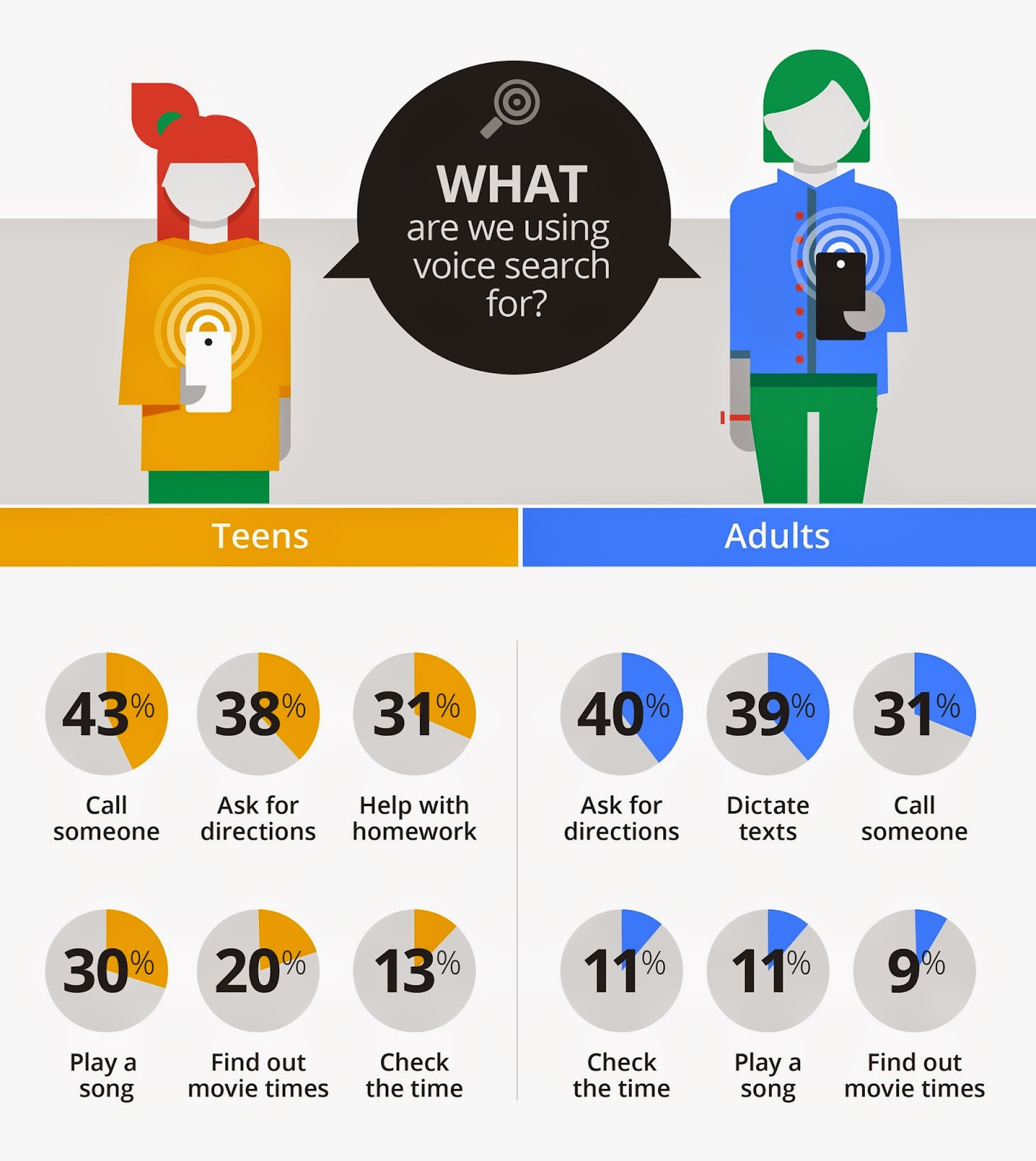
Comments (12)